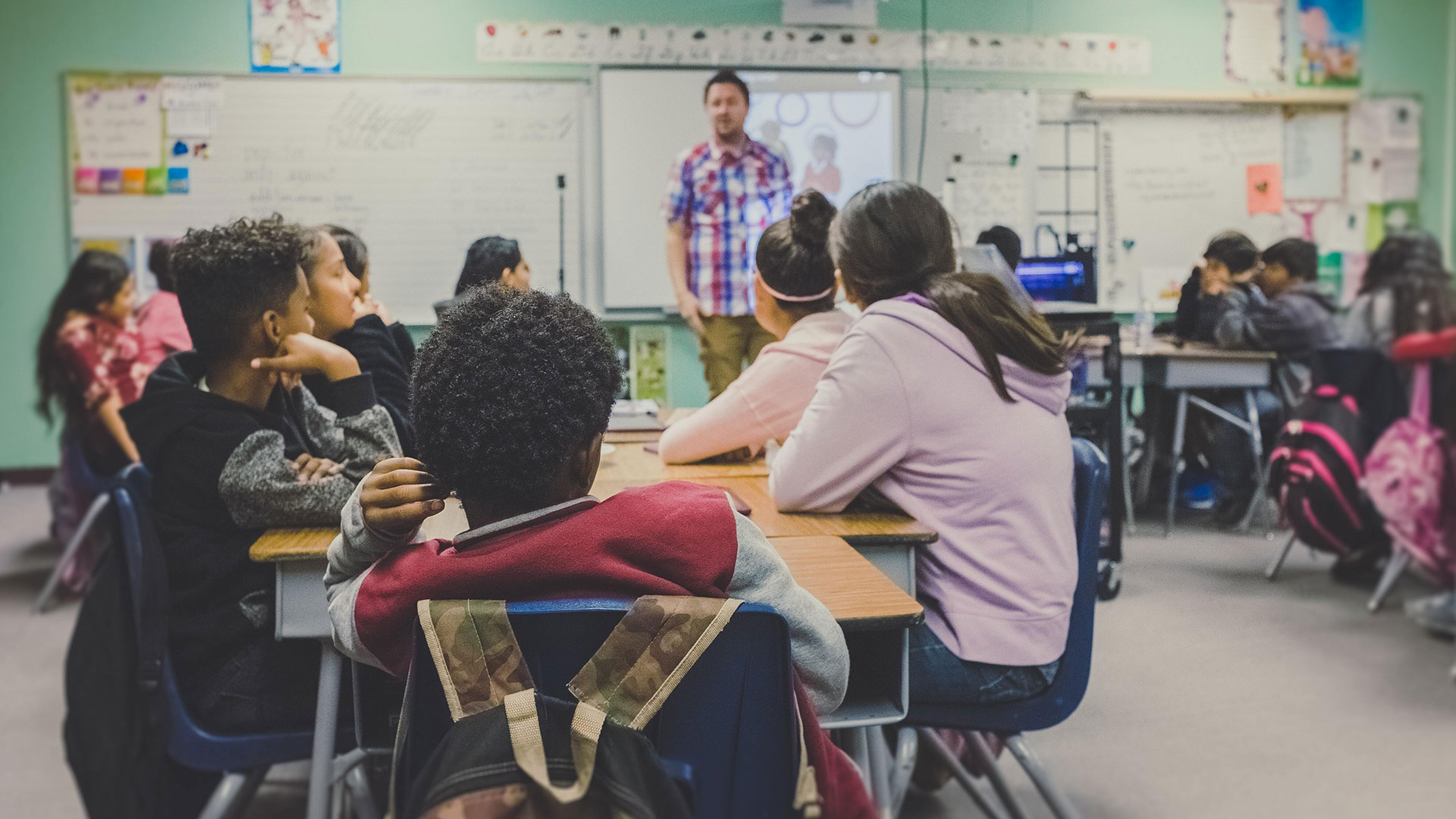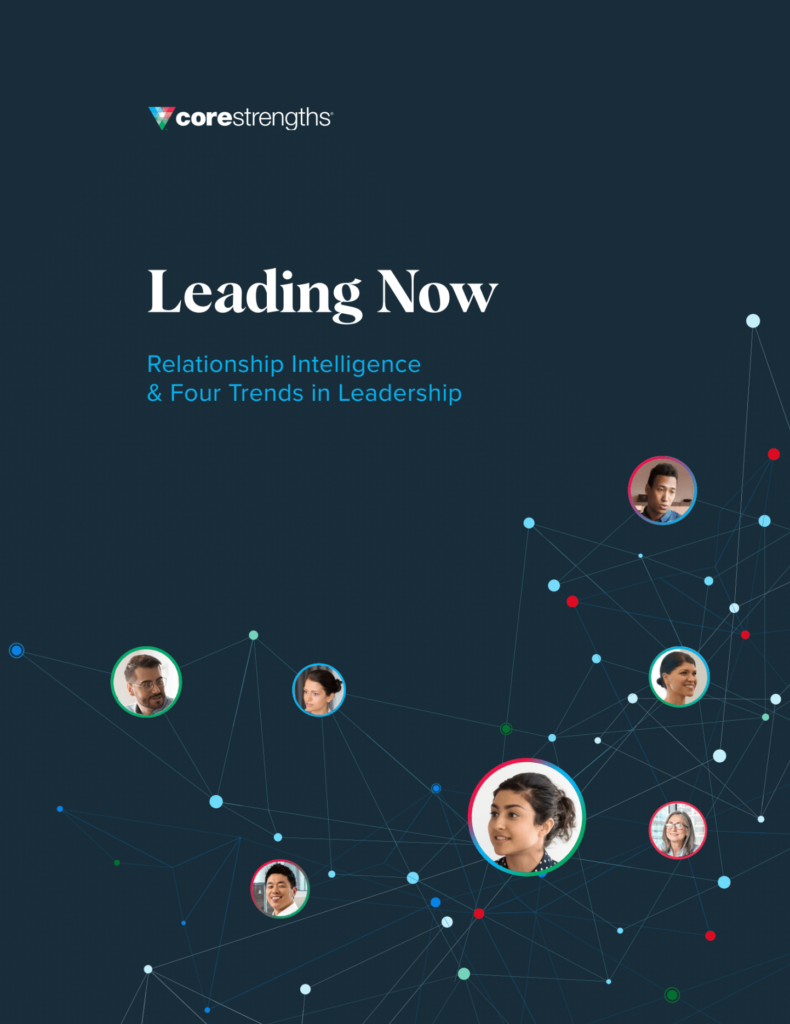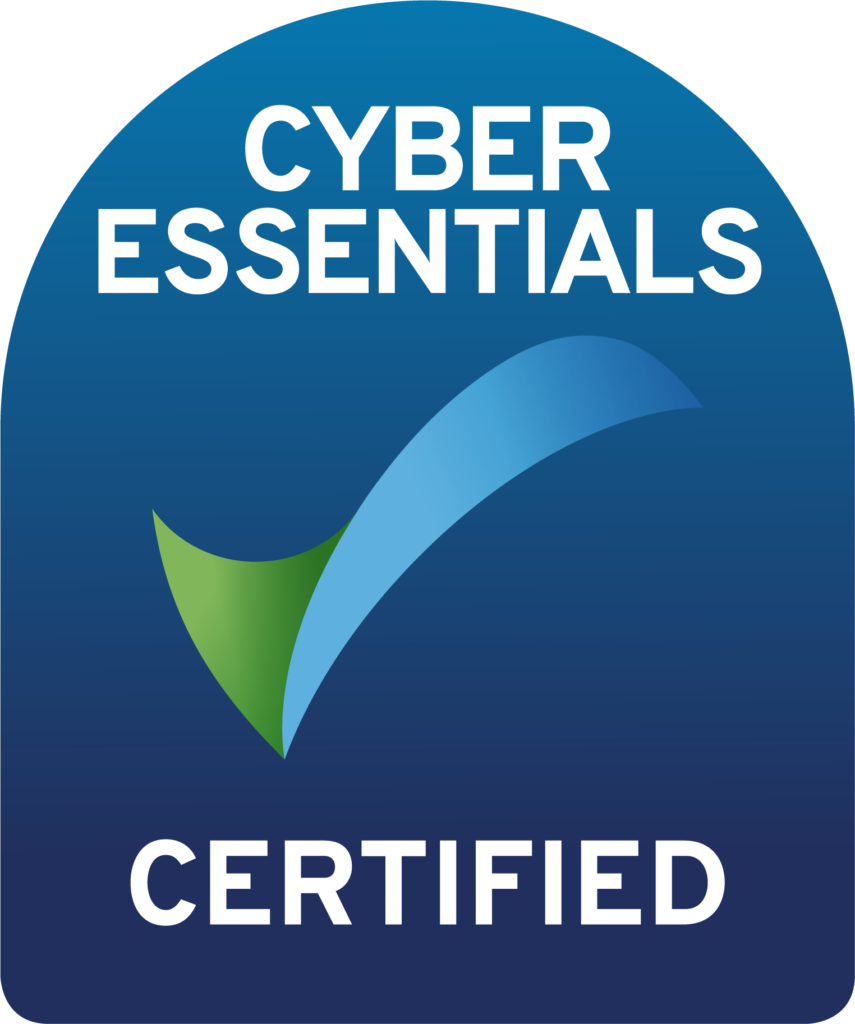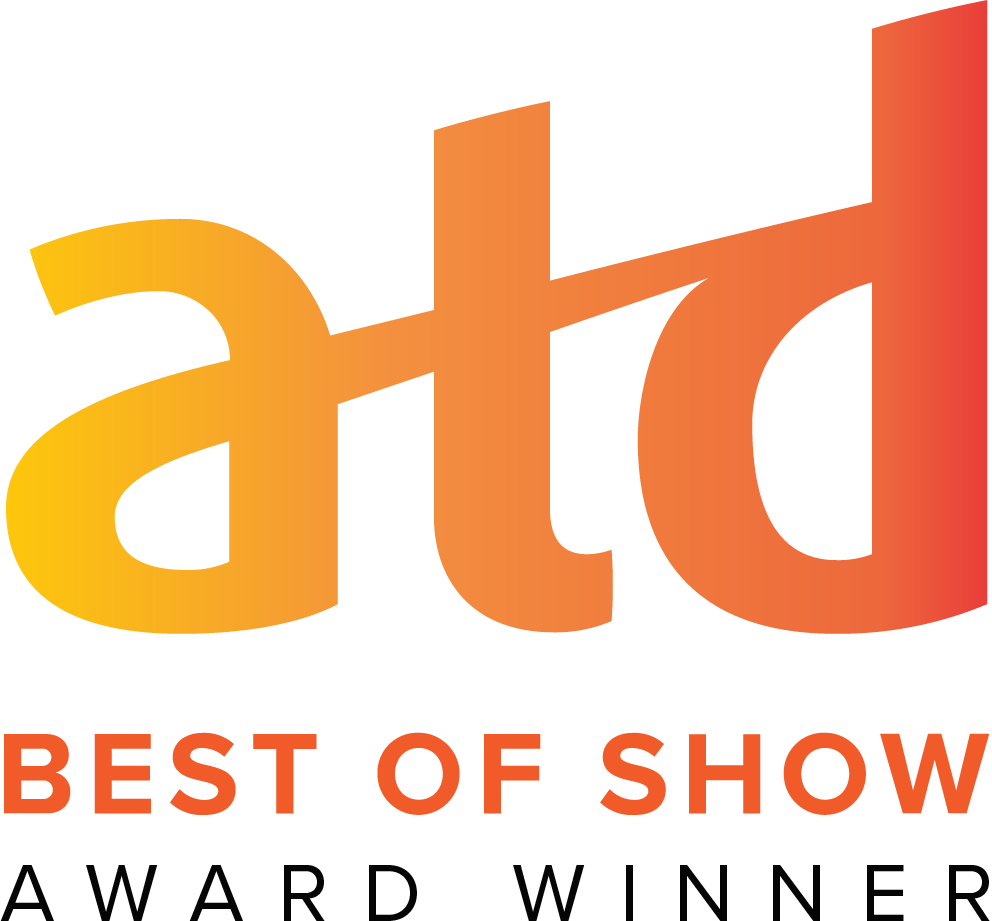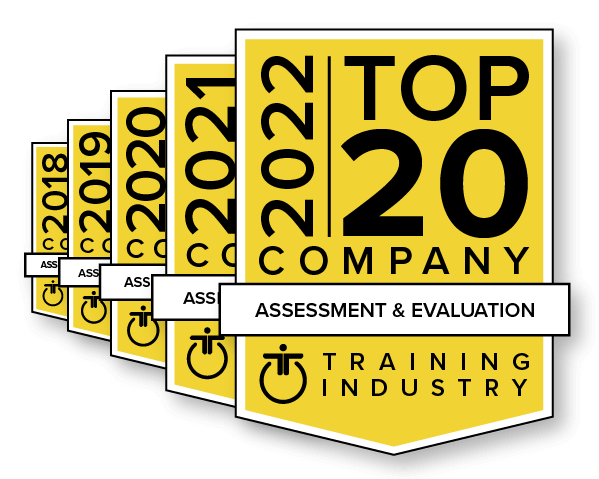Now, More than Ever, Teachers Need Relationship Intelligence
Hero. It’s the most fitting description for first responders, members of the military, and now, healthcare providers who have sacrificed so much to care for so many during the Covid-19 pandemic. Many – especially parents with school-aged children – would also apply this exalted designation to teachers because they have learned first hand what a tough job they have. My guess is that when kids go back to school, whenever that is, there will be a newfound appreciation for those brave souls who skillfully engage our kids each day. There might even be a few standing ovations during back-to-school nights this fall.
After speaking to several teachers in the last few weeks, I’ve come to realize that relationships matter in education perhaps more than any other profession. Think about it. Teachers don’t make a tangible product; they provide a critically important service. And just like any service-based business, relationships – the way people interact – determine success or failure.
Consider all of the relationships teachers need to manage: peers, principals, parents, district-level personnel, community stakeholders, and most importantly, their students. James Ford, North Carolina’s Teacher of the Year in 2015, made this observation in an article for Education Week:
The relational part of teaching may very well be its most underrated aspect…Our first job as teachers is to make sure that we learn our students, that we connect with them on a real level, showing respect and affirming their worthiness to receive the best education possible.
It’s not just one man’s opinion either. A meta-analysis of 99 studies found that the quality of student-teacher relationships was correlated with engagement in learning activities, behavior in the classroom, social functioning, and overall academic achievement. It’s not surprising to find that students who feel understood and valued by their teachers perform better. Of course, we could say the same thing about managers and their employees in the workplace as well.
If this is true, what are we doing to give teachers the skills they need to develop positive and productive relationships? Social-Emotional Learning (SEL) has been the educational system’s answer. Few would debate the importance of SEL, but the execution of SEL has not been consistent or complete across the country. Education Week Assistant Editor, Sarah Sparks, writes that only one out of five teachers feel prepared to teach SEL concepts to their students and 18 percent of teachers still have not received any formal SEL training. This suggests that teachers and the administrators who support them still need to be up-skilled on ways to strengthen their relationships with their colleagues and students. But I don’t know any teachers who have an abundance of spare time to invest in extensive training programs. They need just-in-time learning that informs their daily interactions and simple tools that support their work.
That’s where Relationship Intelligence (RQ) comes into play. RQ provides insight on how to make the proper adjustments to make interactions more effective. It’s based on a few big ideas about how to build productive relationships:
- You’ve got to see more of the picture. Most people stop at the surface, only focusing on what they see. I see a colleague behaving in a particular way, I tell myself a story about that behavior, and then I allow that story to affect the way I interact with them. If I’m honest, the stories I tell aren’t always positive and at times cause me to make other people out to be villains which often not the case. I also have a tendency to make myself a victim in my stories – and that’s also rarely true.
The rest of the story lies beneath the surface and is based on an understanding of the motives that drive behavior. In short, it’s the why that is important and so often the missing piece that leads to misunderstanding and strife. But the why isn’t always easy to discern, so the SDI 2.0, an inventory that accurately assesses motives under two conditions – when things are going well and when there is conflict – becomes incredibly valuable.
- Motives influence what you see and do. Each of us is driven by a blend of three core motives that reflect our desire to help others, achieve results, and establish order. However, the way each of us prioritizes, values, and blends these three motives can be different based on how we’re uniquely wired. When we’re faced with conflict, these motives can shift and cause us to see and respond differently. It might seem complicated, but through the use of some simple colors and combinations of colors, there is an easy way to understand and discuss how these motives operate.
When it comes to working with people, motives also explain what people want. For example, I’m primarily driven by a desire to get things done (also known as the Red Motivational Value System), so I like people to get to the point, focus on what needs to be done, and what actions we need to take to achieve the goal. Your principal, colleagues, or students might feel the same way. Others, however, might like to spend some time focused on people or data when discussing an issue or making a decision. What’s true for everyone, however, is the fact that when we communicate in ways that honor what’s important to people, we’re usually building a productive working relationship with them and able to make progress.
- Your strengths are your tools. Strengths are the behaviors we use to get things done when working with people. They are like tools in our relational toolbox. Fortunately, we have many different strengths (tools), so the key to success when working with others is to choose the right tool for the job. I find that most people tend to rely on a few familiar or favorite tools (strengths) for every job, but because people are different and appreciate different approaches, we need to access a broad range of strengths to be effective. It’s also true that when we choose the wrong tool or overuse a strength, we can do more harm than good. Just ask the guy who tried to fix his plumbing problem with a sledgehammer.
This prescription for improving working relationships isn’t difficult. In fact, we can boil it down to the memorable mantra that all teachers already know: A-B-C. Assess motives. Bring the right strengths. Communicate in the right style. ABC is the key to becoming a better communicator, collaborator, and ultimately, more connected with students.
By now, just about everyone in America has a greater appreciation for teachers. But even our heroes need to enhance their skills when it comes to building better relationships. And since we can all do a little better in this regard, the next time you interact with a teacher, take a moment to express your gratitude and offer a word of encouragement. In doing so, you’ll be building a better relationship as well.
